
Intuitive Machines’ second moon mission is still on track to launch before the end of this year, after the company only had to make minor adjustments to the lunar lander design, executives said during an earnings call Thursday.
That same lander class, which the company calls Nova-C, will be returning to the moon later this year in that second mission.
The Intuitive Machines team identified just “a handful of adjustments” that will be implemented on the second lander, CEO Steve Altemus said during the earnings call.
Intuitive Machines ended the fourth quarter of 2023 with $30.6 million in revenue and a cash balance of just $4.5 million.
Beyond the second moon mission, 2024 will likely be a pivotal year for the company, which is awaiting the decision on NASA awards that could be extremely lucrative.
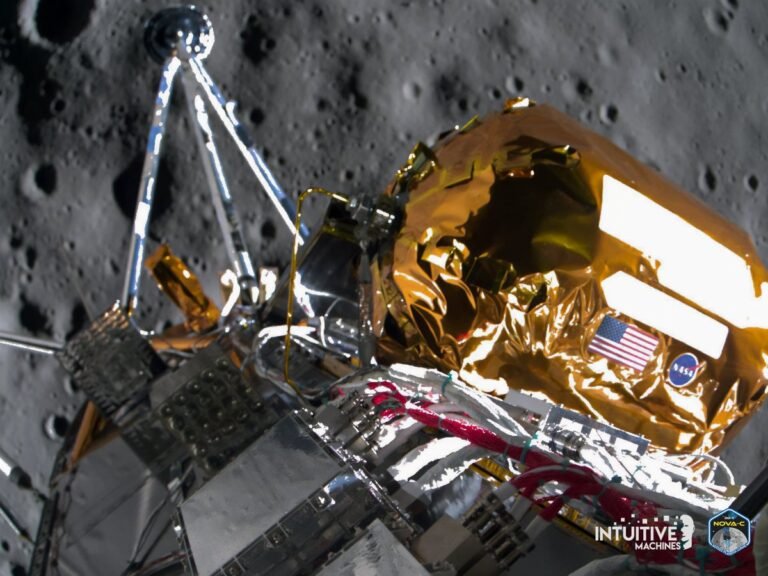
Intuitive Machines’ first lunar lander officially lost power today after spending seven days on the moon.
That propulsion system, which uses a combination of cryogenic liquid oxygen and liquid methane, could unlock new capabilities in space and de-risk future missions by other commercial providers.
Before Intuitive Machines’ IM-1 mission, no lander had ever used this combination of propellants.
After the successful launch, Intuitive Machines’ also ran into a brief issue chilling the liquid oxygen feed line, which took longer than anticipated.
Two VR900 engines will also be used on Intuitive Machines’ much larger “Nova-D” spacecraft, to deliver 500-750 kilograms of payload to the moon.
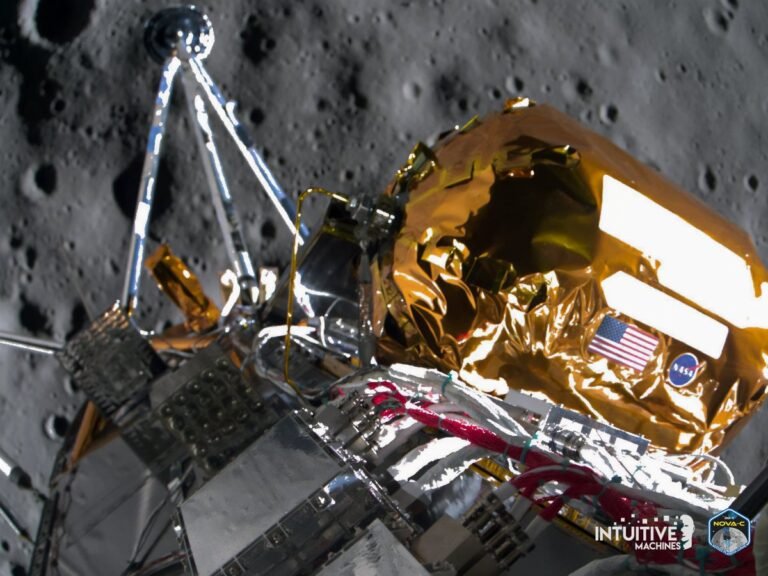
Intuitive Machines’ first moon mission will come to a premature end due to the spacecraft landing on its side, which altered how the solar panels are positioned in relation to the sun, the company said in an update Tuesday morning.
Intuitive Machines made history when it landed its spacecraft, called Odysseus, near the lunar south pole last week.
The lander is the first American hardware to touch the lunar surface since NASA’s final crewed Apollo mission in 1972.
It’s also the first privately built and operated spacecraft to land on the moon — ever – and the closest a lander has ever come to the lunar south pole.
Intuitive Machines and NASA leadership will host a second televised news conference tomorrow to discuss updates to the mission.
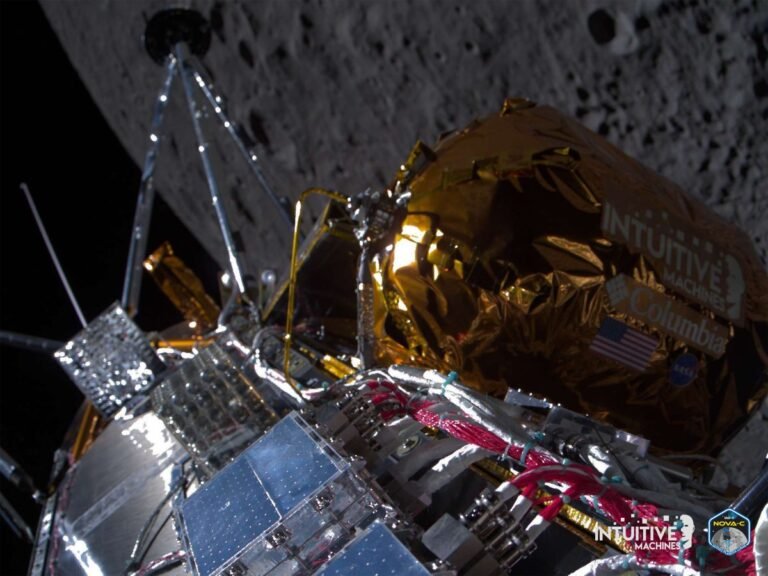
Using a small model of the lander, Altemus demonstrated how engineers believe the spacecraft, called Odysseus, made its descent given the most recent telemetry data.
“The vehicle is stable near or at our intended landing site,” Altemus said.
Part of the reason for that is because the onboard camera, an instrument called EagleCam, was powered down during landing.
The company originally thought Odysseus was actually upright, but Altemus said that was based on “stale” telemetry data.
Much of the mission’s success came down to very quick thinking by Intuitive Machines’ mission controllers — and just a stroke of very good luck.
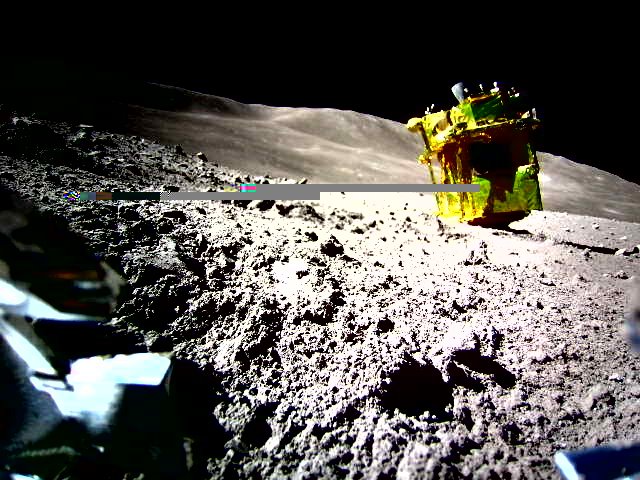
The Japan Aerospace Exploration Company shared the first image of its lander on the lunar surface, revealing that the spacecraft touched down on the moon upside-down.
It’s a remarkable recovery for the spacecraft, which experienced an “abnormality in the main engine” that affecting the landing orientation when it was just 50 meters above the lunar surface, JAXA said in an update Thursday.
Remarkably, the lander ended up just 55 meters east of the original target landing site.
The lander was carrying two rovers; one of the rovers, called Lunar Exploration Vehicle-2, or SORA-Q, is responsible for the photo.
The rovers were ejected from the spacecraft before landing.
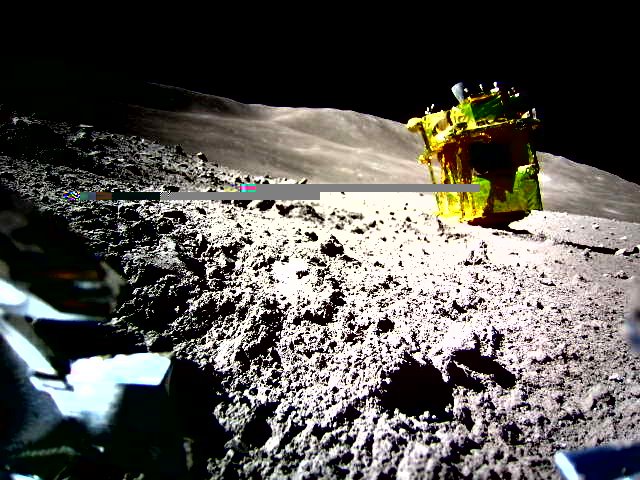
The Japan Aerospace Exploration Company shared the first image of its lander on the lunar surface, revealing that the spacecraft touched down on the moon upside-down.
It’s a remarkable recovery for the spacecraft, which experienced an “abnormality in the main engine” that affecting the landing orientation when it was just 50 meters above the lunar surface, JAXA said in an update Thursday.
Remarkably, the lander ended up just 55 meters east of the original target landing site.
The lander was carrying two rovers; one of the rovers, called Lunar Exploration Vehicle-2, or SORA-Q, is responsible for the photo.
The rovers were ejected from the spacecraft before landing.

For the second week in a row, we have lunar lander news to report on.
Story of the weekHow could the story of the week be anything other than SLIM (Smart Lander for Investigating Moon), the Japanese lunar lander that touched down on the moon on Friday?
But even with the issue, the mission achieved a huge portion of its goal, which was to demonstrate a soft lunar landing using optical navigation technology.
Launch highlightsWe saw our first crewed mission this year – but even more notably, it was a completely private mission (as in not a NASA astronaut mission).
Axiom Space launched its third mission with launch partner SpaceX on Thursday, with the crew successfully docking with the International Space Station at 5:42 AM EST on Saturday, January 20.
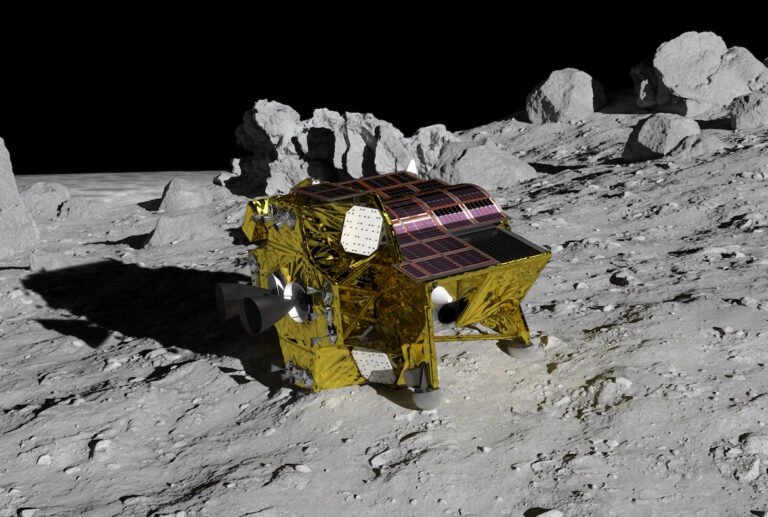
Japan’s first lunar lander has officially powered down on the moon after its solar cells were unable to generate electricity, though the nation’s space agency said there is a possibility of turning things around when the direction of the sun’s rays change.
Japan made history last week when its lander, called Smart Lander for Investigating Moon (SLIM), successfully touched down on the moon’s surface last week.
Shortly after landing, directors of the mission explained that while the soft landing was a minimal success, the spacecraft’s solar cells were not generating power.
“According to the telemetry data, SLIM’s solar cells are facing west,” the Japan Aerospace Exploration Agency (JAXA) said in the update.
Japan can count a handful of other major wins in the mission, even if the solar cells never manage to charge up sufficiently for a recovery operation.
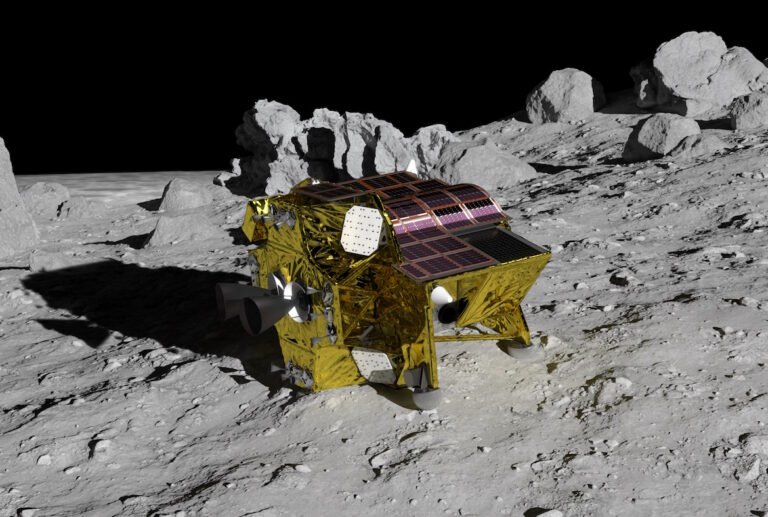
Japan’s long-planned Smart Lander for Investigating Moon has successfully touched down on the lunar surface, making the nation the fifth in history to do so.
But all is not well for SLIM, which may have a limited lease on life due to trouble with its solar cells.
In a press conference following the early-morning (local time) landing on the Moon, the directors of JAXA and the mission explained that “The soft landing was itself successful; SLIM has been communicating and it receiving commands.
However, as the other sensors are working correctly and showing healthy values, they feel confident it is limited to the solar cells themselves.
The initial press conference was primarily to announce the initial success of a soft landing and functioning lunar lander.
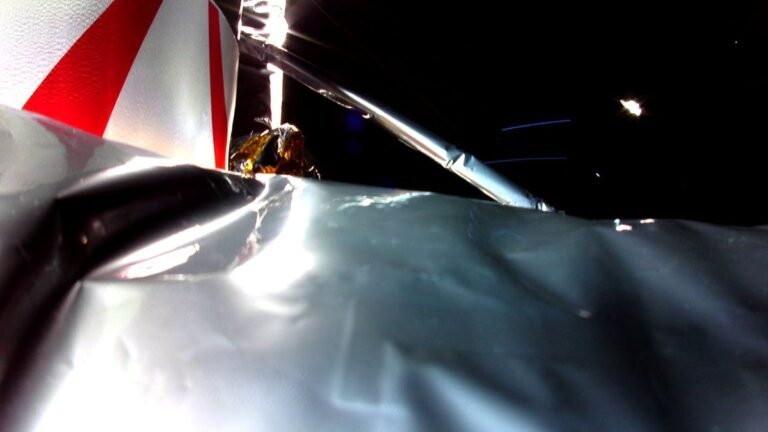
Astrobotic’s lunar lander will be reentering Earth’s atmosphere over a remote part of the South Pacific Ocean tomorrow afternoon, bringing to a close the failed moon landing mission.
Pittsburgh-based Astrobotic has been providing frequent updates on the Peregrine lunar lander since it launched on United Launch Alliance’s Vulcan Centaur on January 8.
The source of the anomaly was an ongoing propellant leak, which were preventing Peregrine from pointing its solar arrays at the sun.
But by the time it reenters the atmosphere tomorrow, Peregrine will have operated in space for over ten days.
Due to the propellant leak, Astrobotic said it had devised a two-step process to maneuver the spacecraft to the projected trajectory for reentry.













